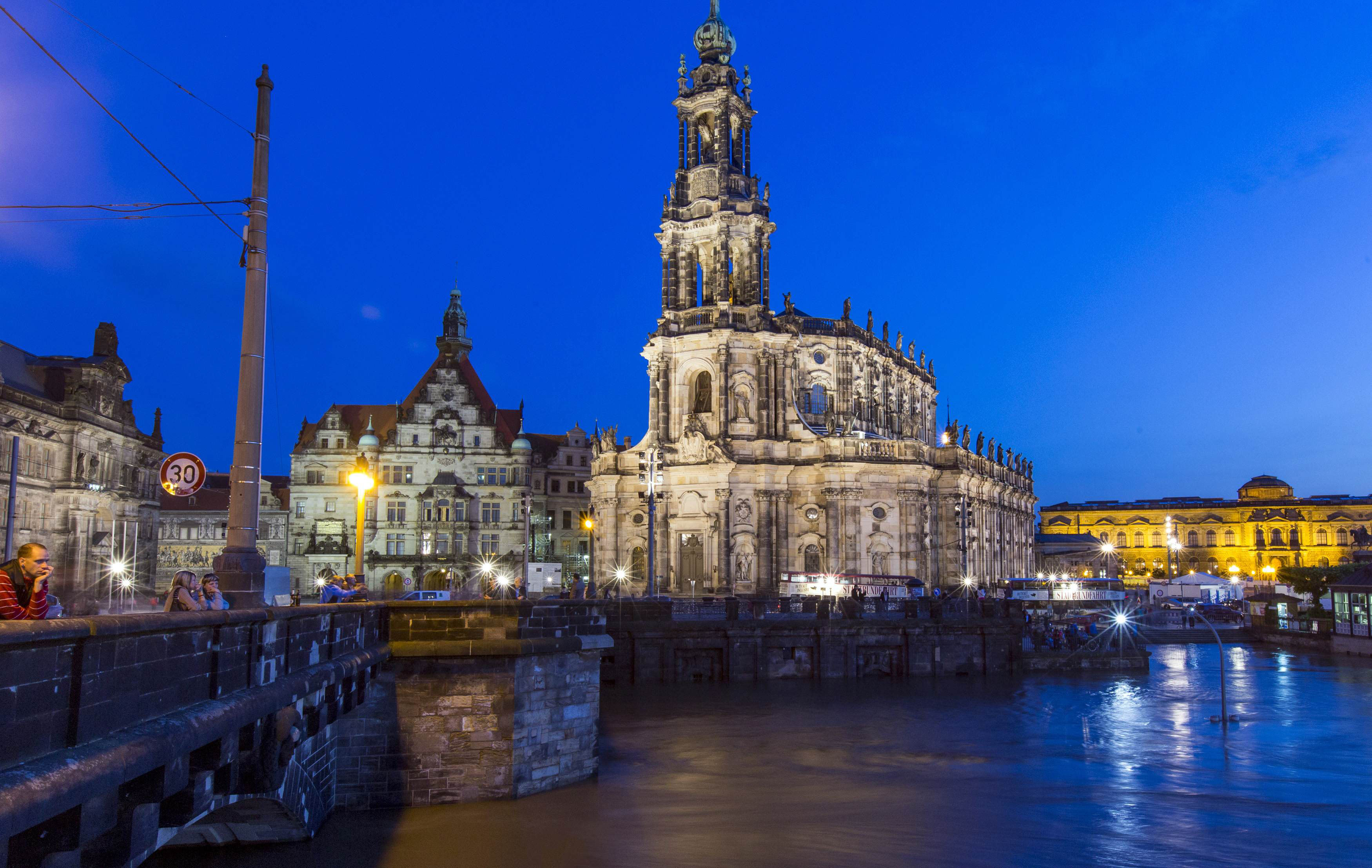American novelist Kurt Vonnegut, a prisoner of war in Dresden during World War II, has a scene in "Slaughterhouse Five" where time-traveling hero Billy Pilgrim sees the city's firebombing in reverse, with phosphorous bombs sucked back into warplanes.
Today, visitors to the German city that proudly, if a bit cheekily, calls itself "Florence on the Elbe," in a nod to its Italianate architecture, could almost think the scene was prescient of Dresden's resurrection since World War II.
Imprisoned at a slaughterhouse that inspired the novel's title, Vonnegut lived through the infamous bombing raid in February 1945 that destroyed the old part of the city three months before the war in Europe ended. It killed, according to widely varying estimates, 35,000 to 100,000 people, or more.

















With your current subscription plan you can comment on stories. However, before writing your first comment, please create a display name in the Profile section of your subscriber account page.